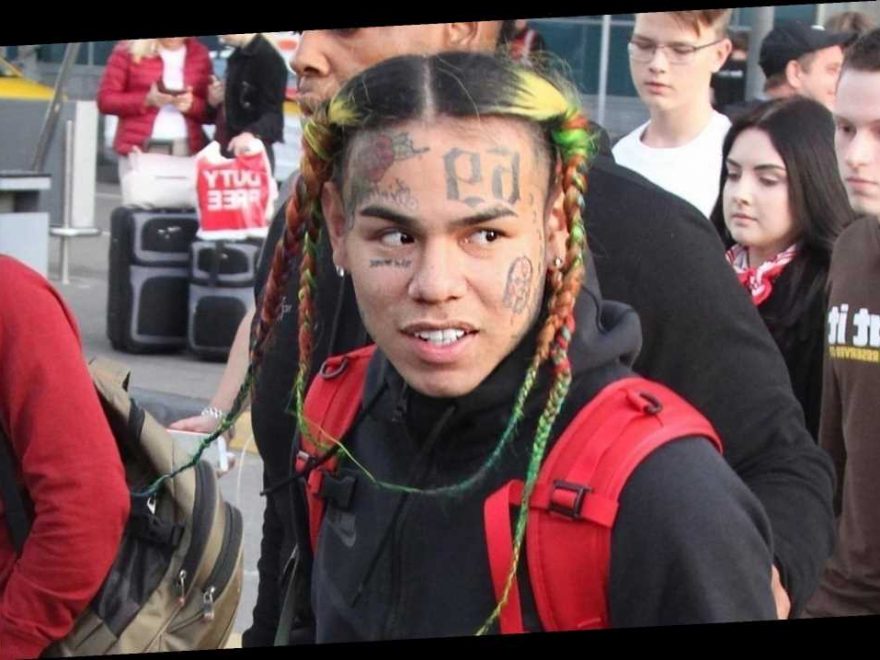When it comes to courtroom sketches, Tekashi 6ix9ine wasn’t a hard draw for Jane Rosenberg. The veteran artist has been sketching the rapper’s trial, which ended in a two-year sentencing for his role in the Nine Trey Gansta Bloods earlier this week.
“There are definitely specific challenges when it comes to sketching celebrities,” Rosenberg told Page Six during one of her rare days off this week. “Tekashi, he wasn’t one of the hardest ones, because he has all that writing all over him. Nobody else has that!”
She continued, “People who don’t have some kind of distinct thing to grab onto in their likeness: That’s harder to get at in a very quick situation. Beautiful women tend to be more difficult for me because their look is more subtle.”

Rosenberg says she starts with a subject’s structure, beginning with their head and adding minute details — such as Tekashi’s tattoos — at the end.
“They were very hard to see!” she said, explaining that she uses special binoculars with prescription lenses that wrap around her head. “I’m seated very far away, so it was hard to read what some of the tattoos were. I could see the big ’69’ on his forehead, but I was really looking hard to see what those little things on his arms were.”
Courtroom sketches date back to the 1935 trial of the kidnapping and murder of aviator Charles Lindbergh’s infant son. The media circus surrounding the case — and the ensuing noisy cameras and bright flashes that flooded the courtroom — moved the American Bar Association to ban cameras in courtrooms. Today, states have increasingly allowed camera use in courts and some federal courts have also permitted cameras.

Rosenberg, who also specializes in oil en plein air paintings of New York, was “a starving artist” before becoming a courtroom artist. She showed up to night court at 100 Centre Street, thanks to some lawyer friends, and took up a station sketching “prostitutes and whatever came up.”
“This was 1980. I think my first job was with WNBC … I went home and watched it on my little black and white TV,” she told us. “I got paid, I called my parents, said, ‘I’m on TV, look!’ I was very excited, it was a big deal.”
Rosenberg makes the bulk of her income from her in-demand court work. She says the courtroom sketch artist “scene” is very competitive “because there’s no exclusivity anymore,” and an artist can sell their work to multiple outlets. She adds, however, changes in courtroom technology have actually made her job harder.
“Courtrooms have become a nightmare for me, because there’s so much equipment now,” Rosenberg said. “They didn’t use to have computer monitors blocking my view everywhere, and they’ve made bigger podiums … there’s just more stuff blocking me!”
Another occupational hazard is the occasional brush with viral fame, as Rosenberg learned in 2015, when her sketch of Patriots quarterback Tom Brady went viral on social media. Commenters compared her rendering of Brady to the Hunchback of Notre Dame or suggesting she “[drew] with her eyes closed.”

“I did get a lot of cyberbullying [for the Tom Brady sketch],” Rosenberg recalled. “There were people who loved it and people who hated it. If you were a Patriots fan you were angry with me; if you were a Giants fan, you loved me. I didn’t even know who he was! He was one of those hard-to-get likenesses; he was looking up, and then he’d be looking down at his phone”
She added, “Actually, [when the image went viral,] my website went crazy and the company who hosted it charged me more money because the bandwidth it was using went up! That probably won’t happen this time.”
Source: Read Full Article
